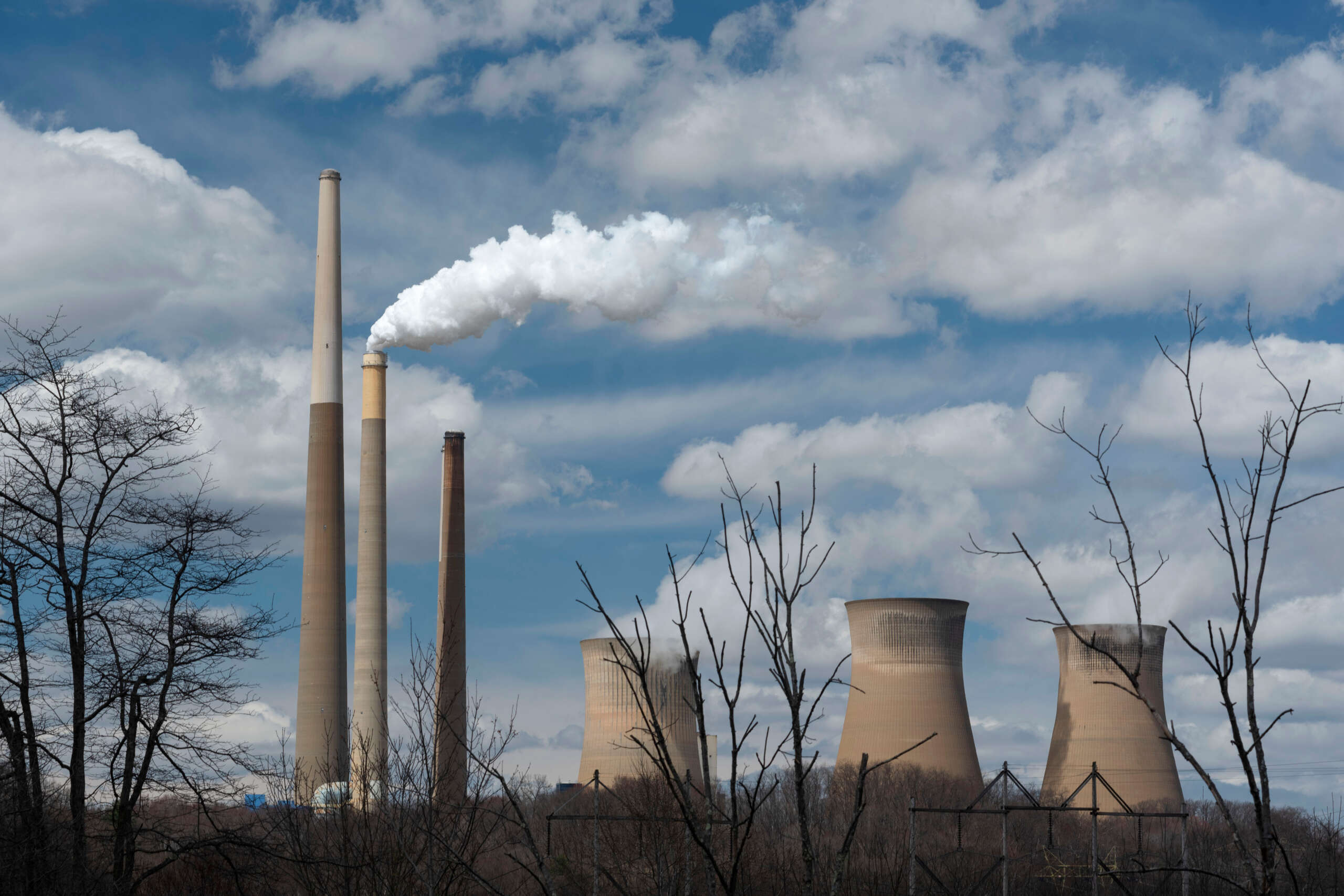Mill Employees and Others Are Affected By Asbestos Exposure
Asbestos has been a hazard for far longer than most people know. Although it wasn’t widely used until the Industrial Revolution, it was first used around 2500 B.C. as a means to reinforce clay pots and utensils. It’s been utilized in a variety of goods since then, including tiles, insulation, crayons, and clothes.
Since the majority of asbestos exposure occur in people who worked with or near the material, many assume this is the only way they were exposed. However, more people were exposed to asbestos without recognizing throughout most of the 20th century because of its widespread use.
Regulators have helped to decrease the number of asbestos goods on the market, but they haven’t completely solved the problem or erased previous exposure. Asbestos can be found in roofing, flooring, and pipe insulation in some situations. It becomes a menace as soon as it is disturbed and freed. While working in a steel mill, chemical or power plant, paper mill, or other business prior to the laws increases your risk, there are alternative ways to be exposed.
Work Uniforms
Asbestos fibers cling to clothing, hats, work tools, boots., etc and can expose whole households to the carcinogen. Wives could be exposed by washing their husbands’ clothes ; children, through something as simple as a hug. This is known as bystander exposure, and is responsible for many family members developing lung cancer, mesothelioma or other asbestos-related cancers later on in life.
Historic Structures
Many people questioned the safety of cleaning operations after Hurricane Katrina devastated New Orleans, releasing friable asbestos into the air and environment.
When entering an older home after a fire, first responders, such as firemen, are at a higher danger since they don’t know what’s in the air. When the North Tower was attacked and fell on 9/11, hundreds of tons of asbestos were spilled, leading some people to become ill and die from mesothelioma decades before the disease normally manifests.
Many schools and county buildings built before the 1980s contain asbestos. If the asbestos remains undisturbed, it is not a health hazard. However, with buildings deteriorating over time, friable asbestos particles may be released into the air, posing a serious health risk for anyone within close proximity.
Asbestos Products
Certain asbestos products are well known, including tiles and insulation, but many don’t realize the full extent of its use. It’s also been used in:
- Shingles
- Clapboard
- Roofing felts
- Sprayed coating
- Asbestos-cement sheet
- Spackle
- Paint
- Wallpaper
- Mastic adhesives
- Cement pipe and fittings
- Paper tape
- Putty
- Cloths/blankets
- Cement
- Heat-resistant clothing
- Crayons
- Talcum powder
While the threat is less severe, it’s important to know and understand the risks. If you or someone you loved developed mesothelioma or lung cancer from working in a mill or other asbestos exposure, contact us immediately.
Sources
WebMD, “Asbestos Exposure: Causes and Risks,” (May 26, 2014). [Link]
National Cancer Institute, “Asbestos Exposure and Cancer Risk,” (May 1, 2009). [Link]




